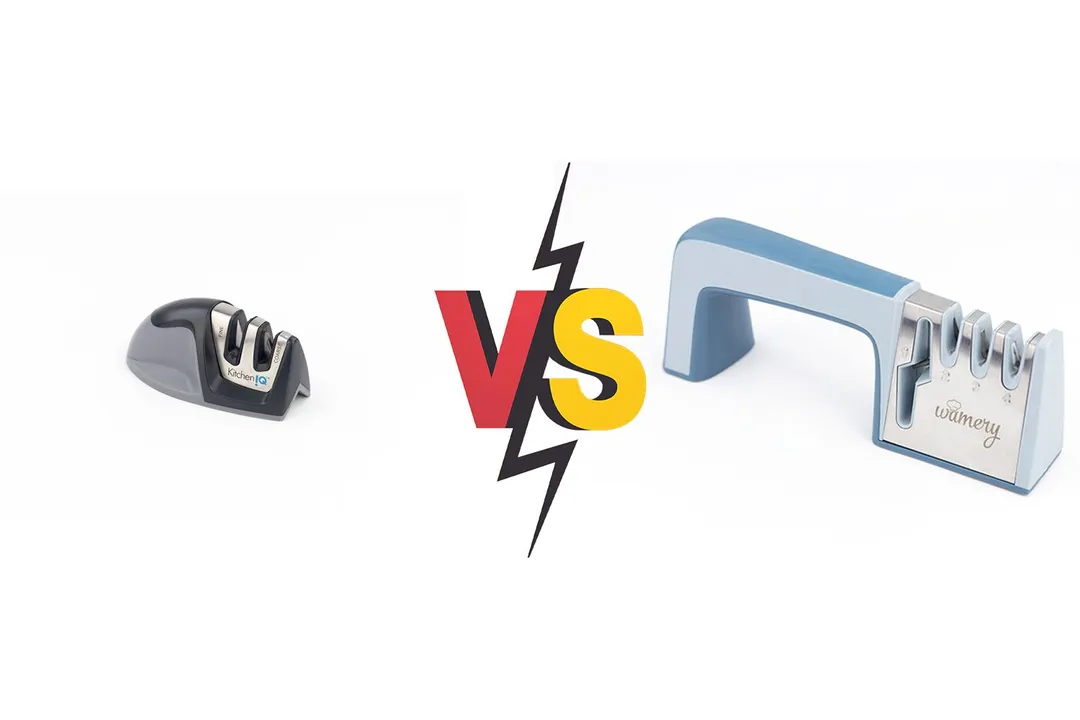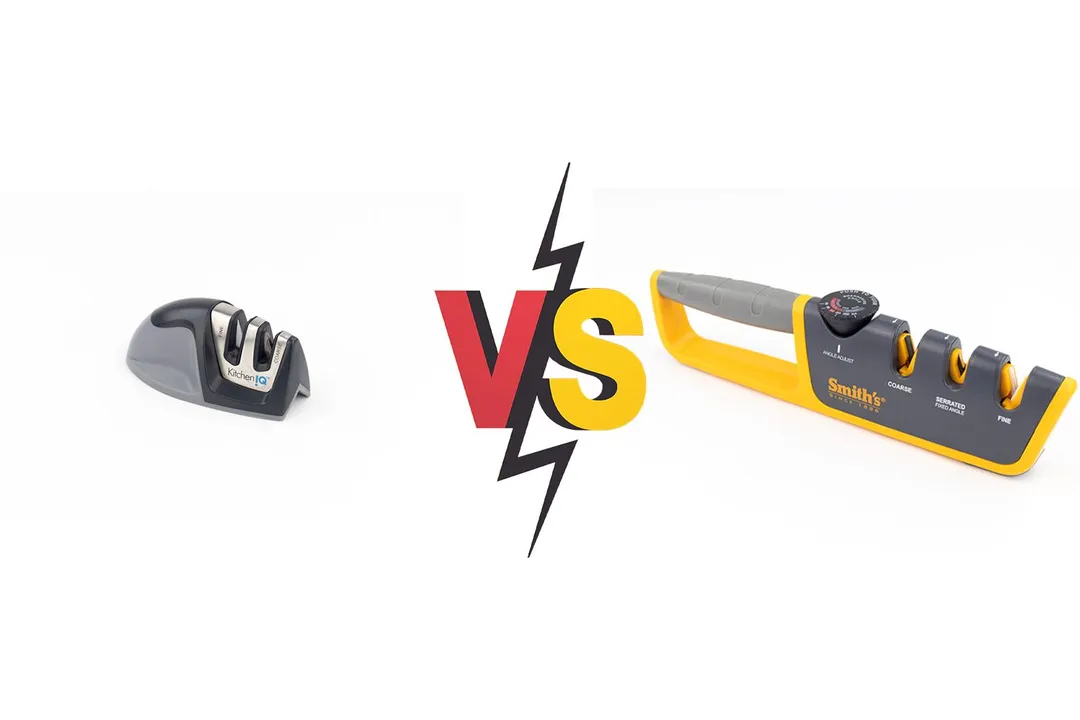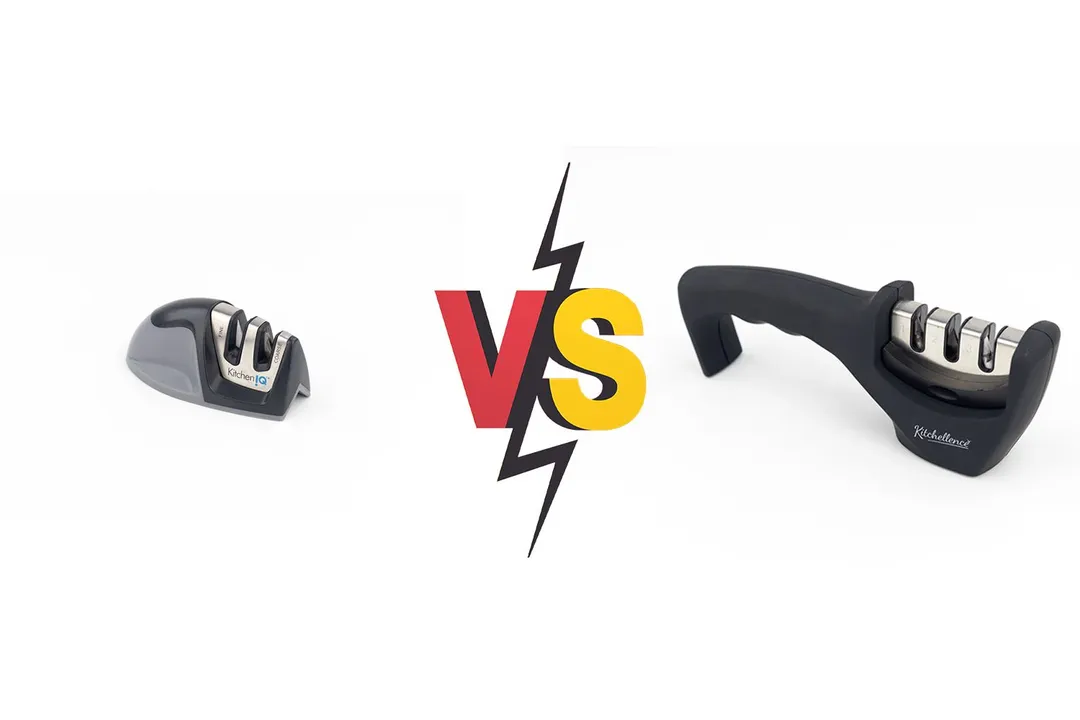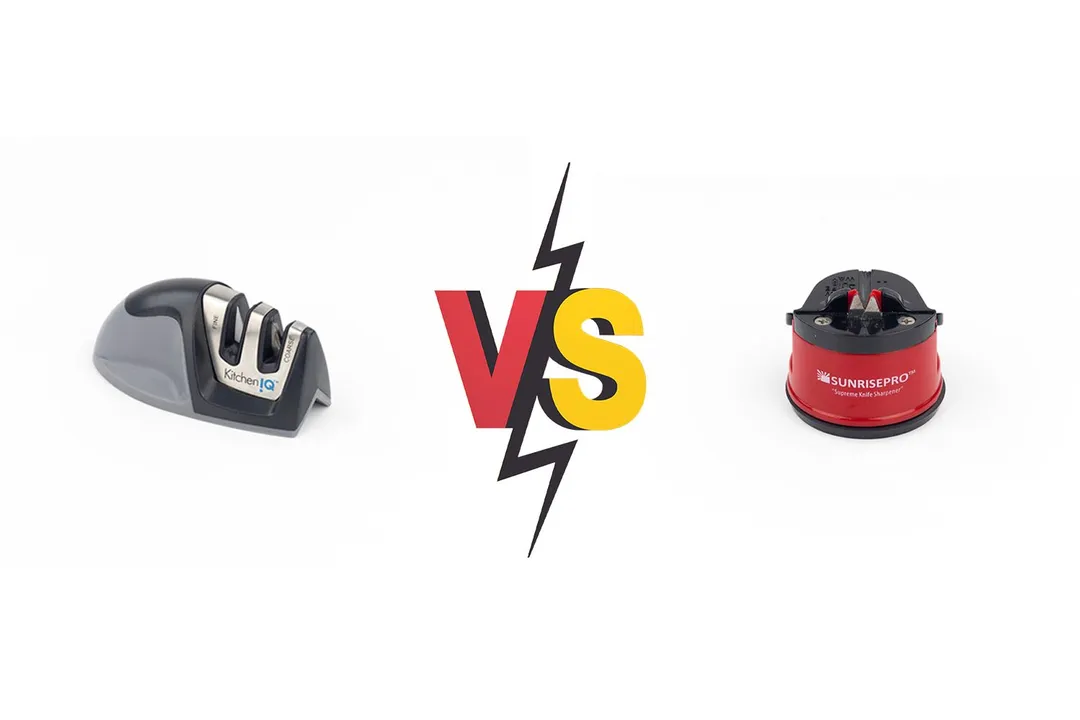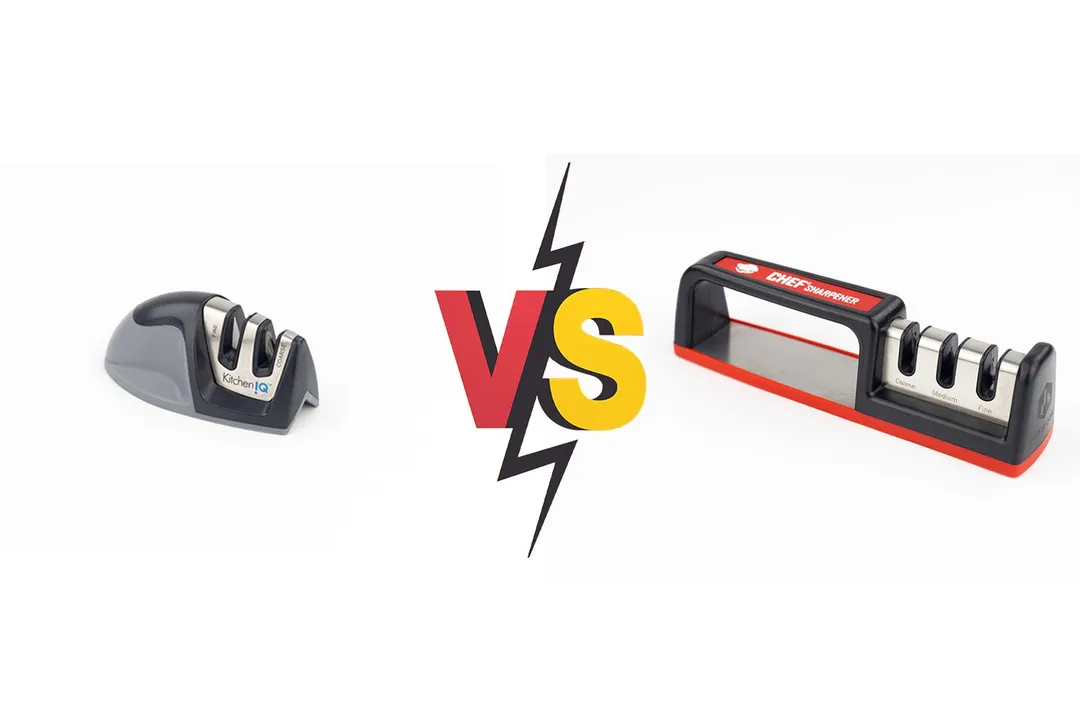Our recommendations are made independently through Research & Testing. We may receive commissions from purchases made via our links.
KitchenIQ 50009 vs. Zwilling 4-Stage Manual Sharpener Side-by-Side Comparison
KitchenIQ 50009 vs. Zwilling 4-stage Sharpener. Check how they compare in performance, ease of use, and design.
KitchenIQ 50009
Tested Using Methodology v1.1Zwilling Henckels
Tested Using Methodology v1.1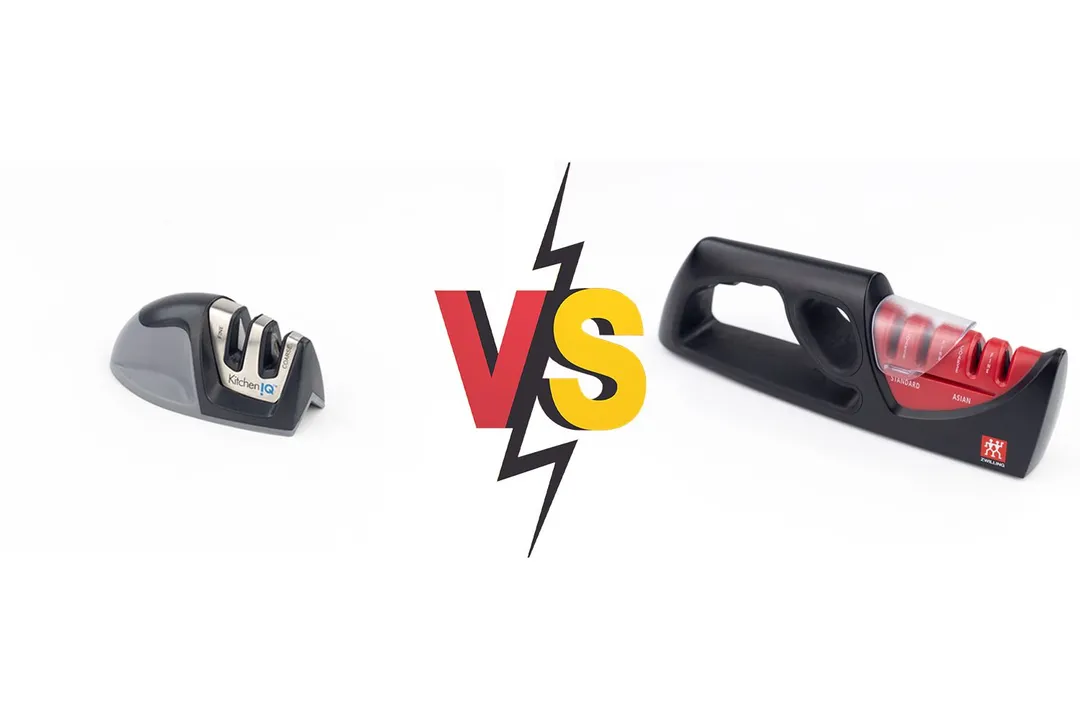
Overall Verdict
The KitchenIQ 50009 2-stage and the Zwilling 4-stage manual sharpeners have a lot more in common than their looks and prices may suggest.
Though distinctive in size, the two sharpeners share a strong, solid, sturdy build. Each has unique selling points: The former sports a compact size and an edge-gripping base, while the latter sharpens and hones at two different grind angles.
Unfortunately, neither performed particularly well in our tests. In fact, they were among the slowest and least effective sharpeners. The Zwilling did slightly better in most categories but that didn’t offer much of a consolation, especially considering its high price.
There are plenty of other manual pull-through sharpeners that can do a better job. Check out our rating tables to find the right one for you.
Pros & Cons
- Easy storage
- Affordable price
- Base works on both counter edge and flat surfaces
- Simple, sturdy design
- Substantial weight
- Sharpens both Asian and standard knives
- Strong build, high-quality body material
- Slot cover
- Beautiful design
- Awkward small size
- Long sharpening time
- Brittle sharpening blades
- Anti-slip pad doesn’t fully cover the base
- Awkward grip
Key Specs
Where to Buy
*You help support HealthyKitchen101's product testing and reviews by purchasing from our retail partners.
Analysis and Test Results
Performance
Sharpening Time to Cut a Lemon
Material Retention


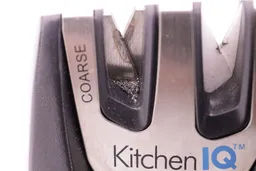
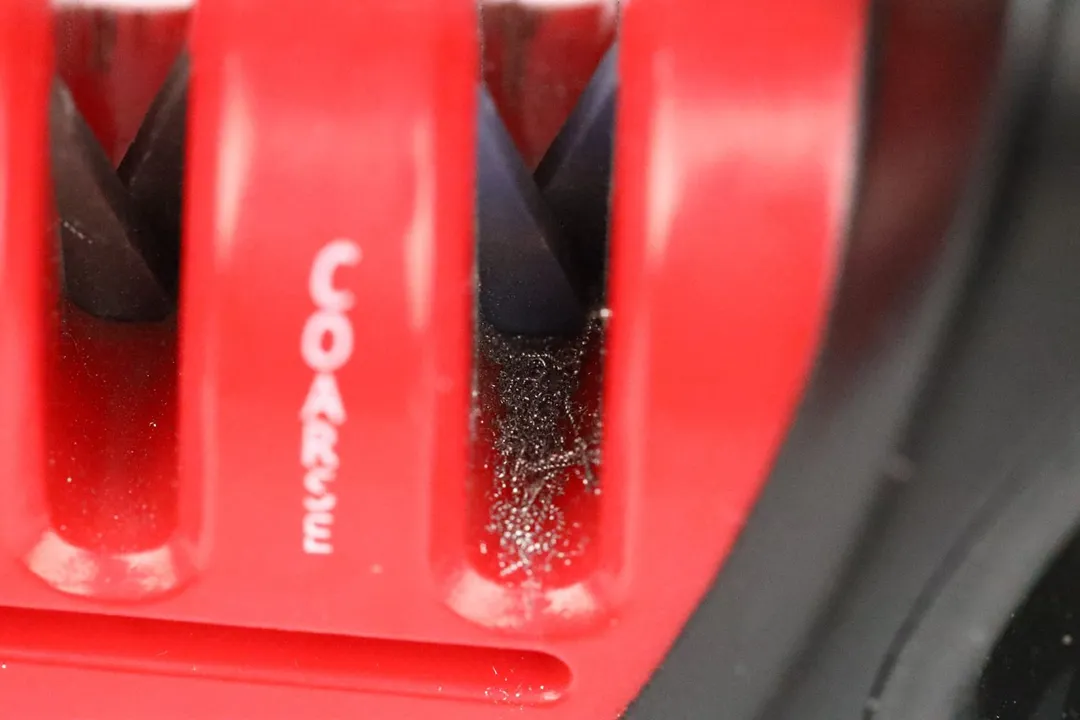
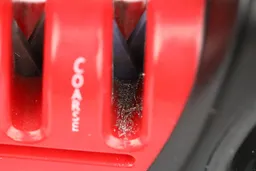
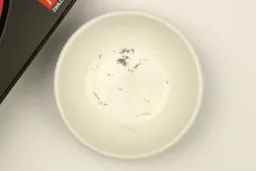
Maximum Sharpness Achieved
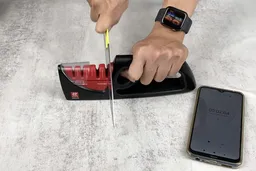
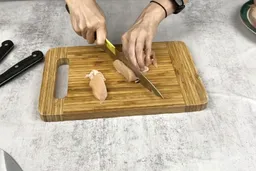
Edge Smoothness
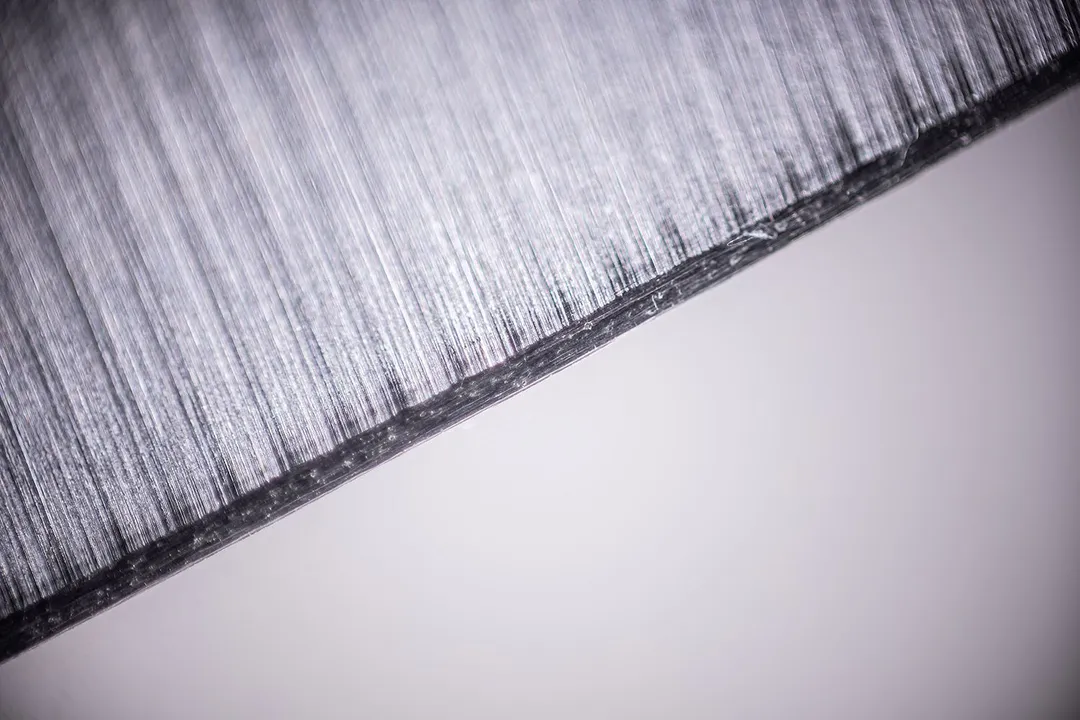
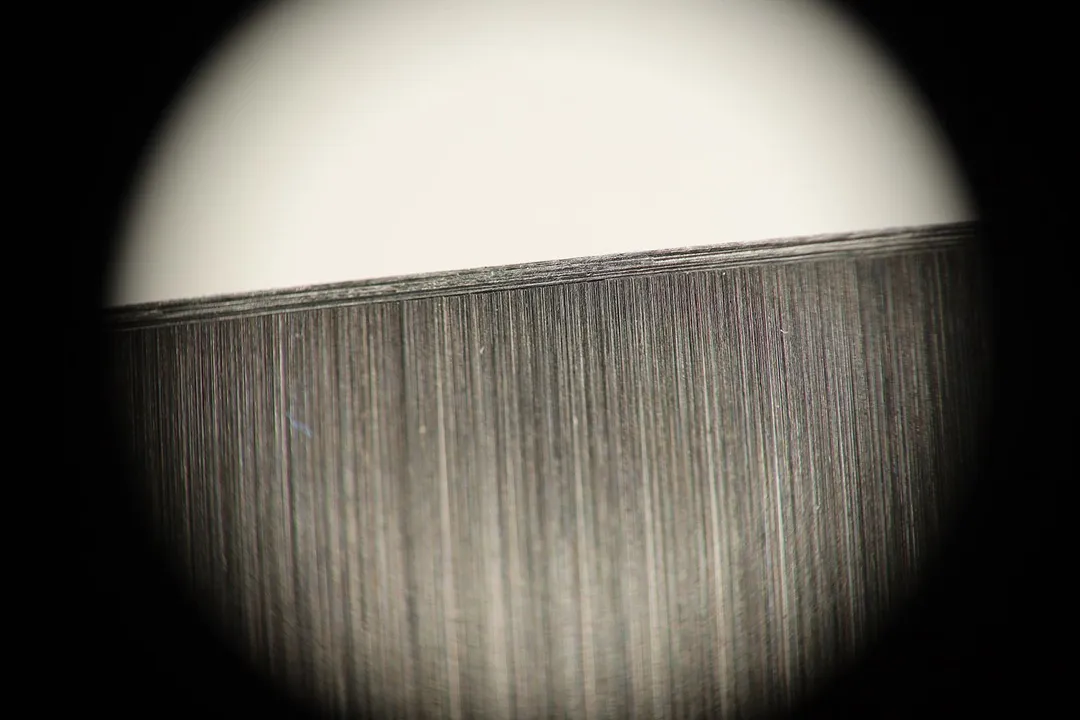
Design
In the Box
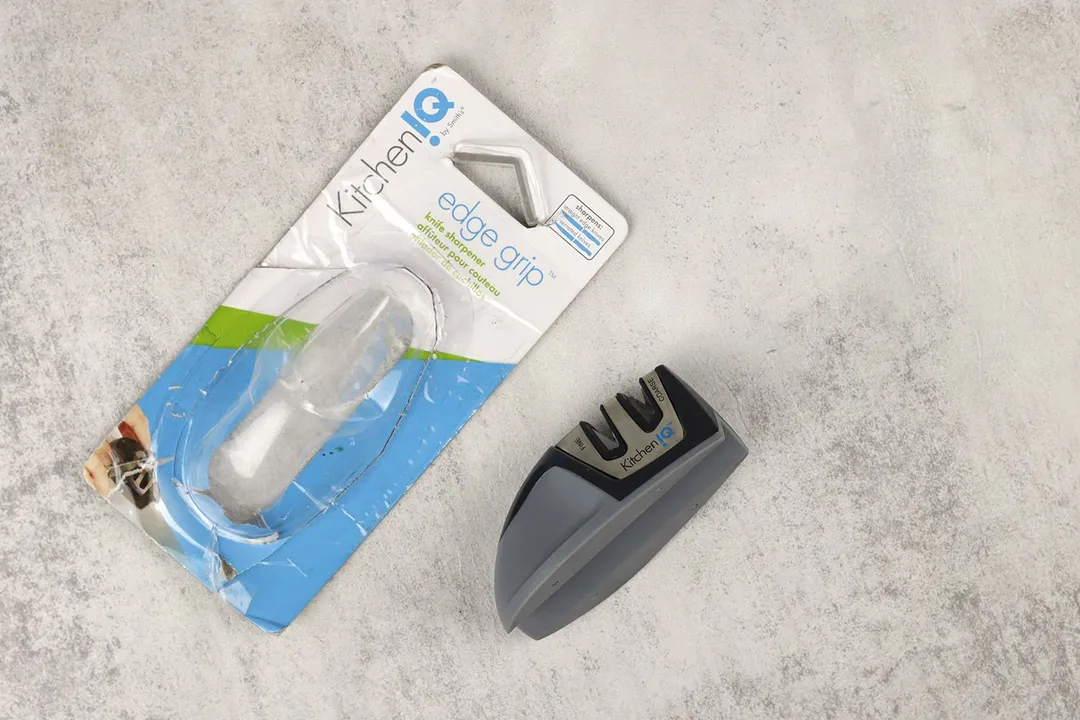
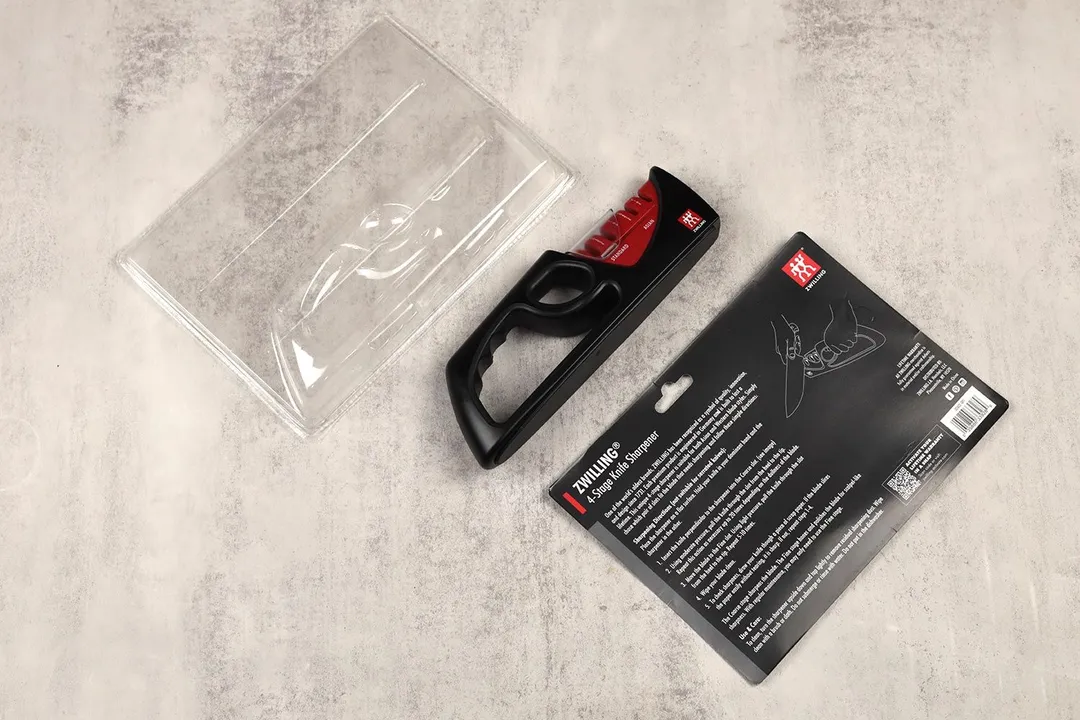
Dimensions
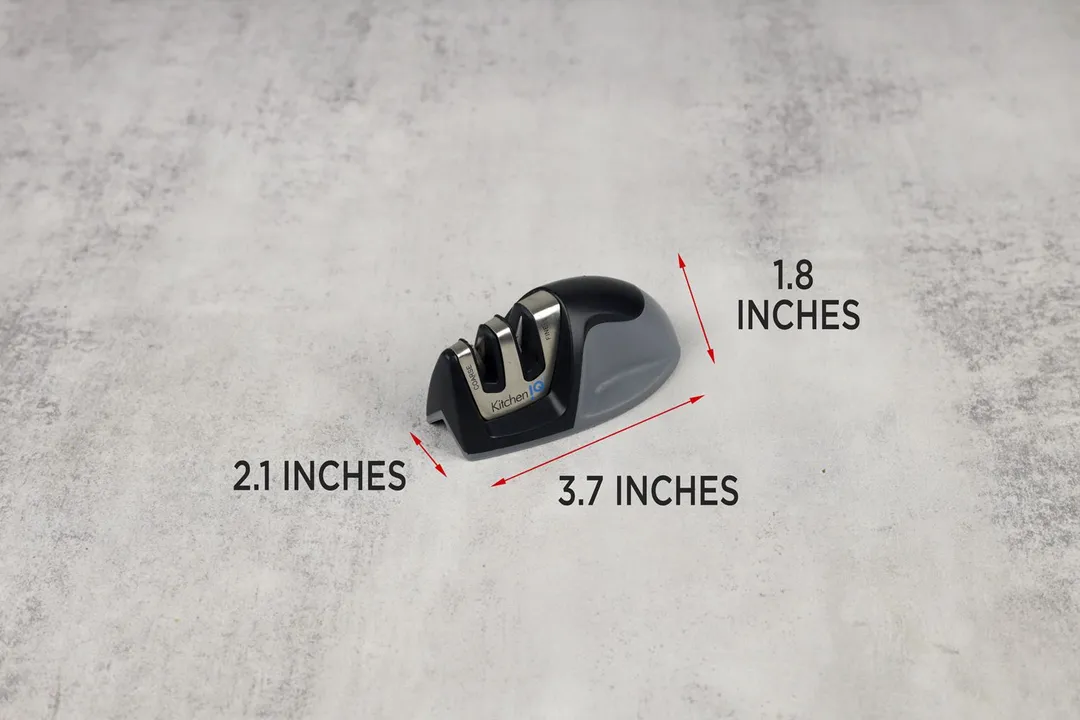

Build Quality

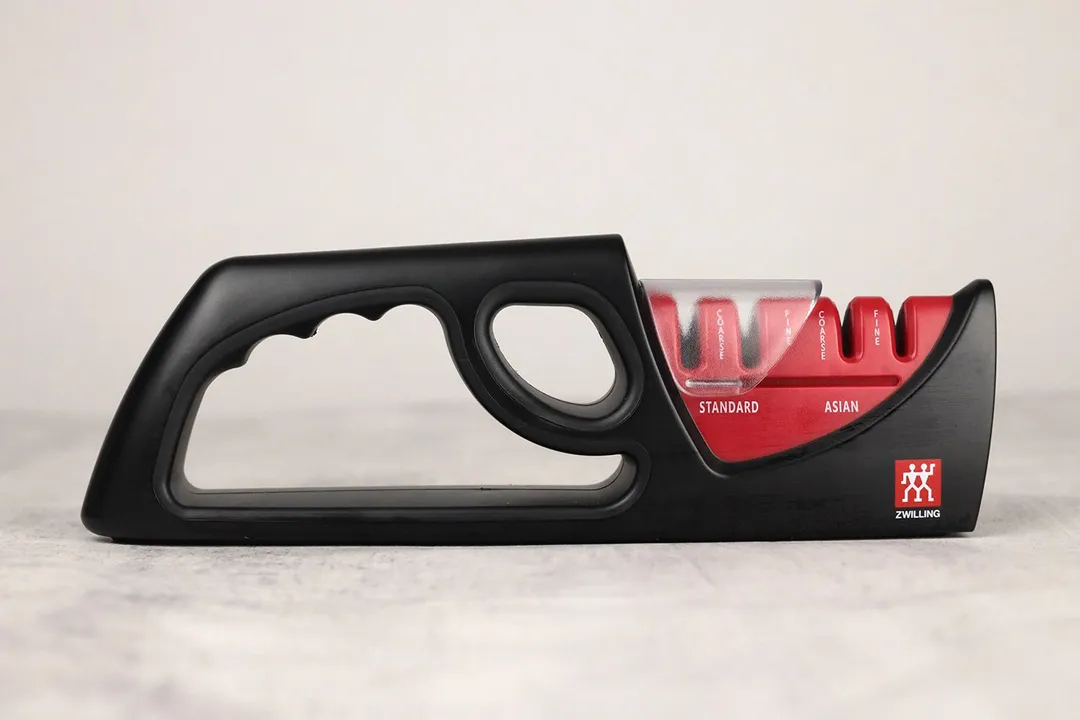
Working Section
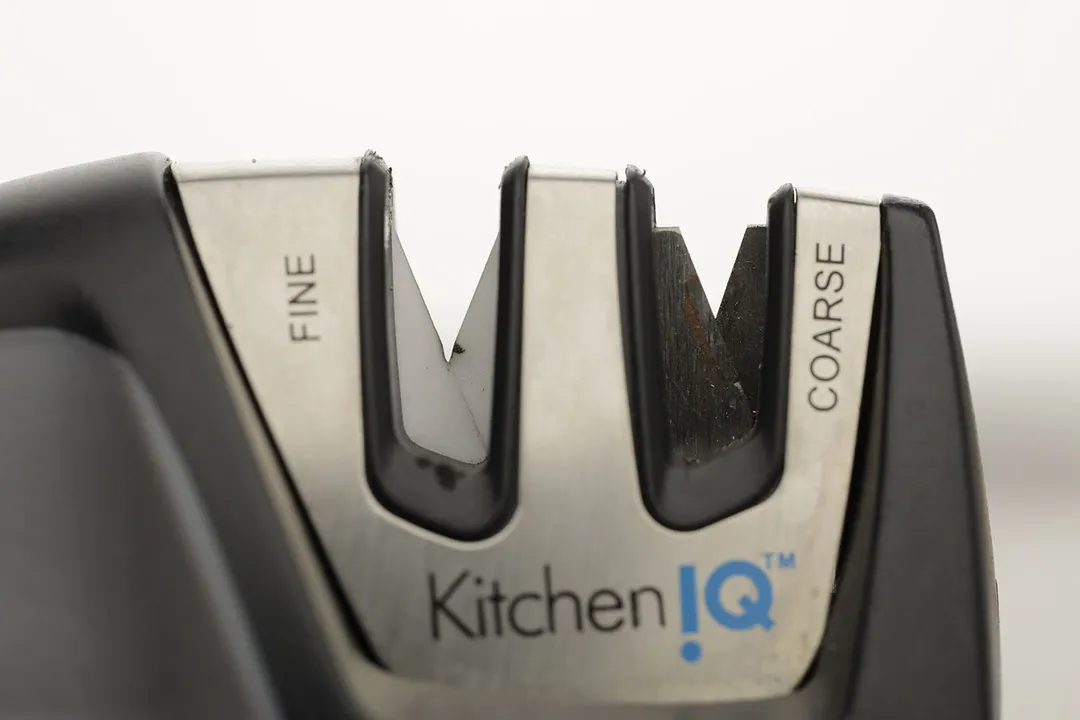
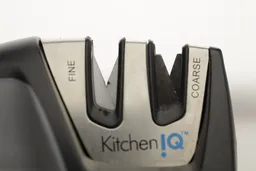
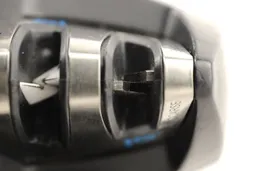
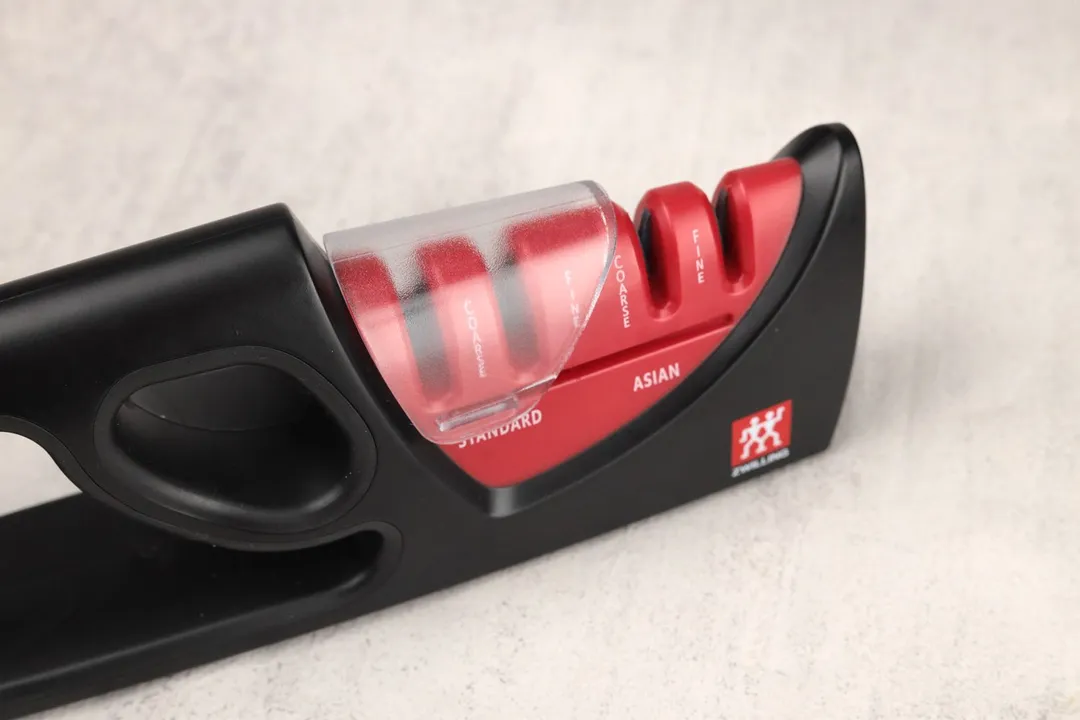
Base
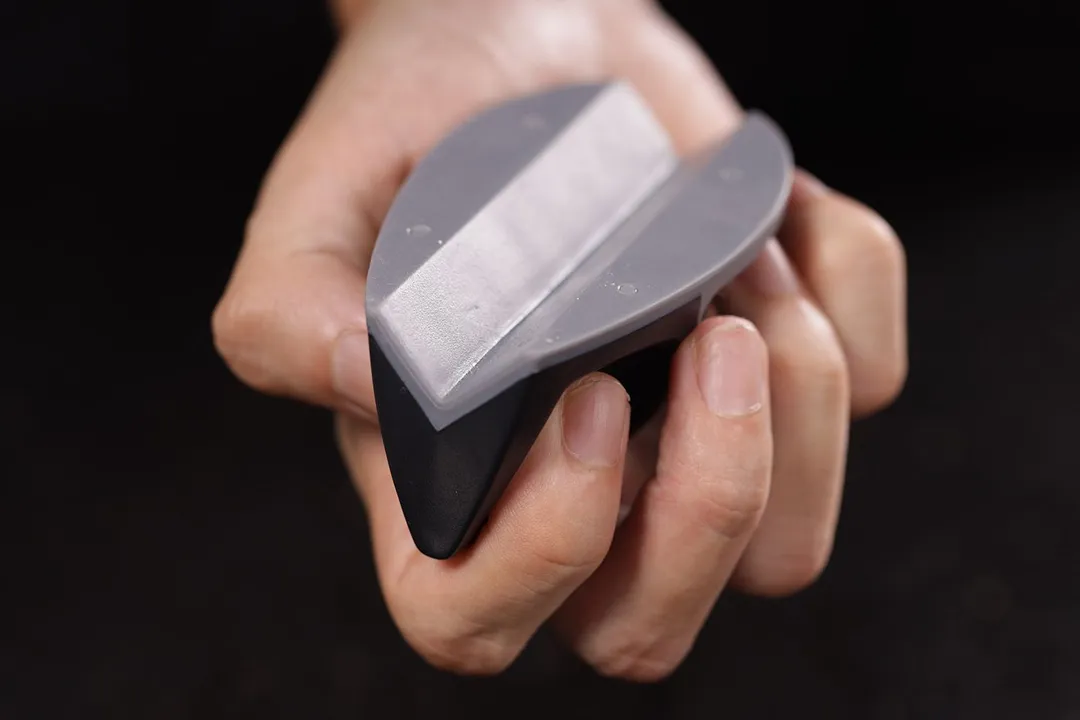

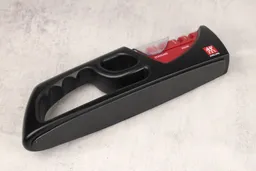

Grip
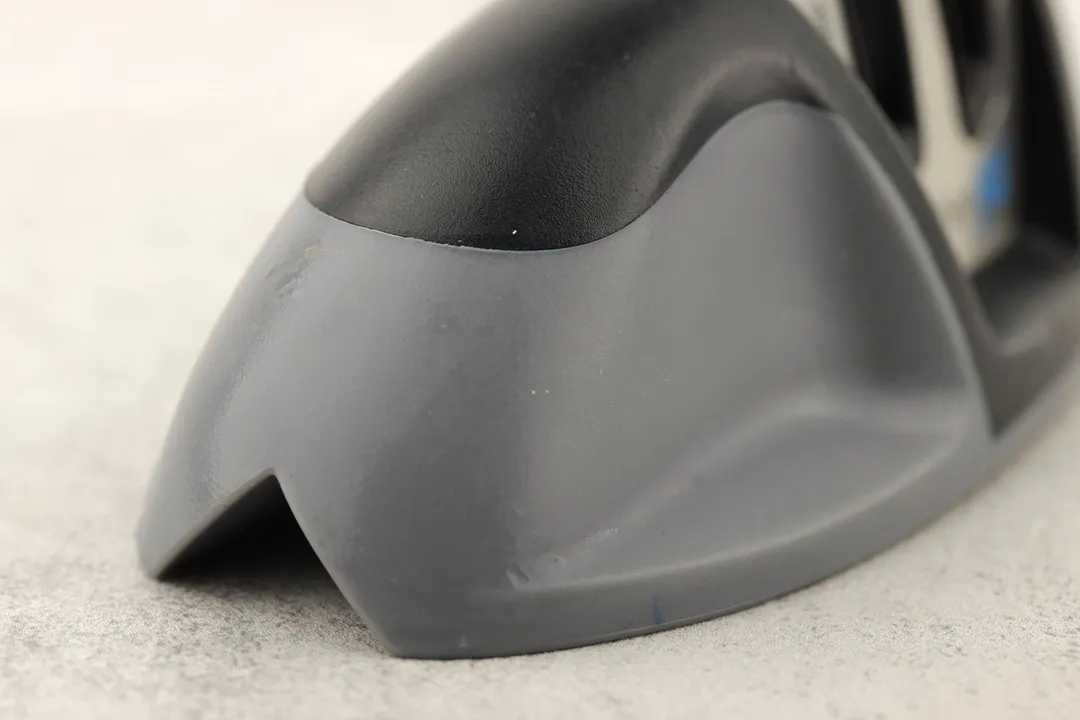
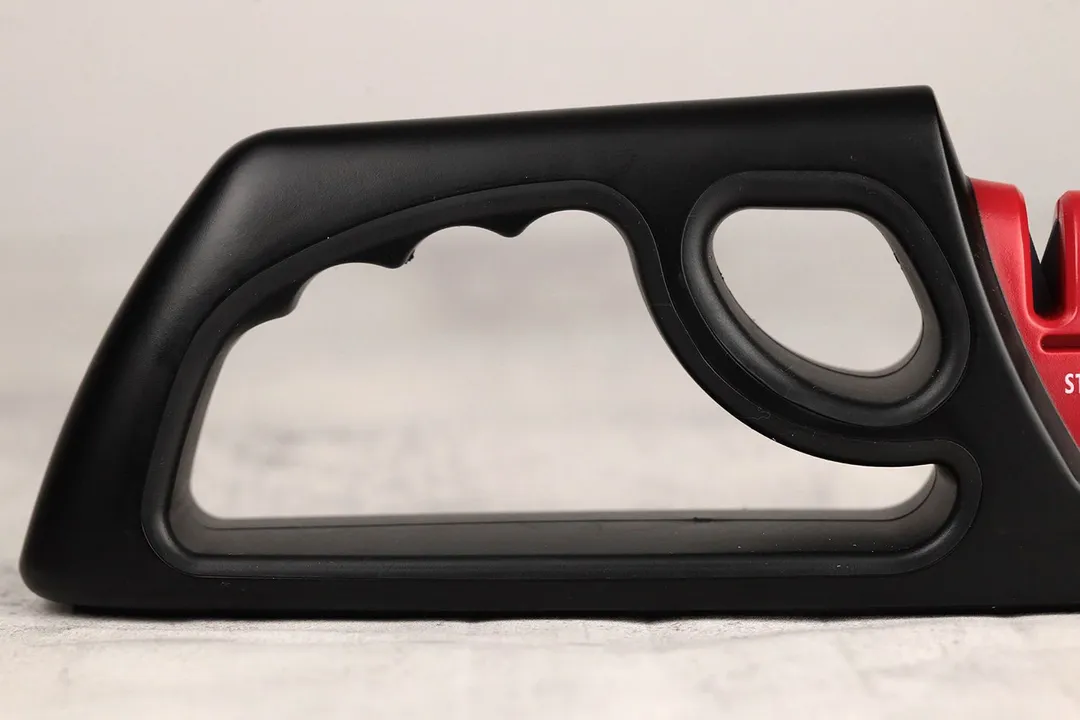

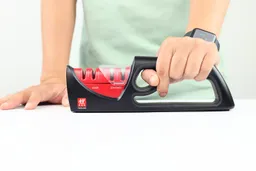
Usability
Slot Arrangement
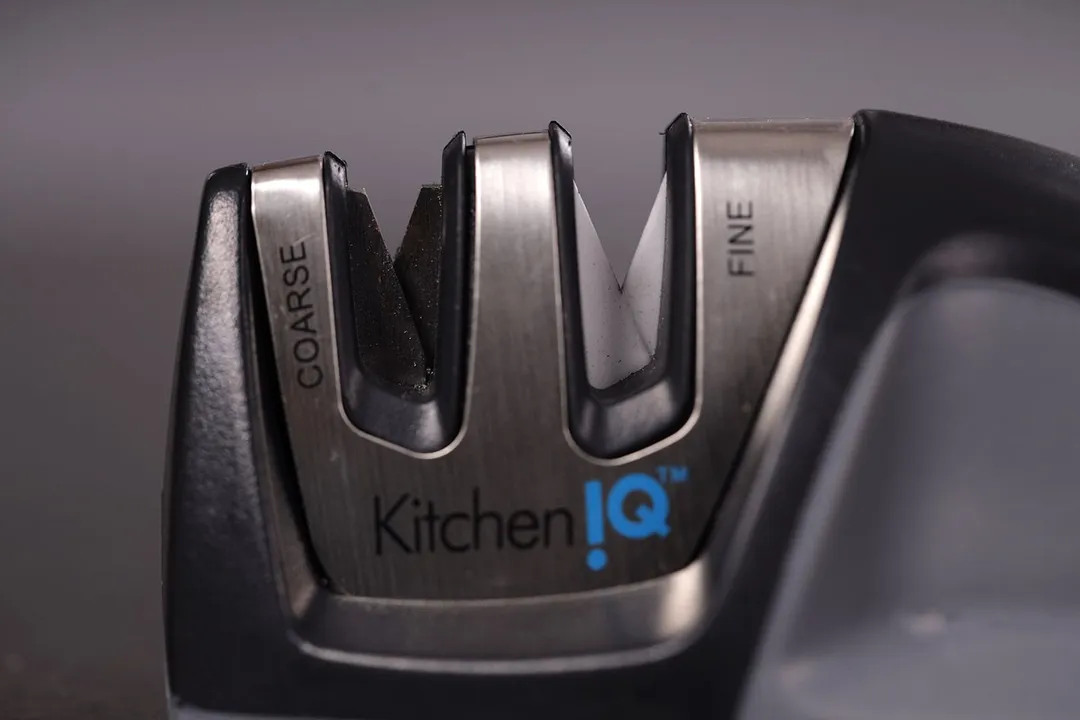

Insertion
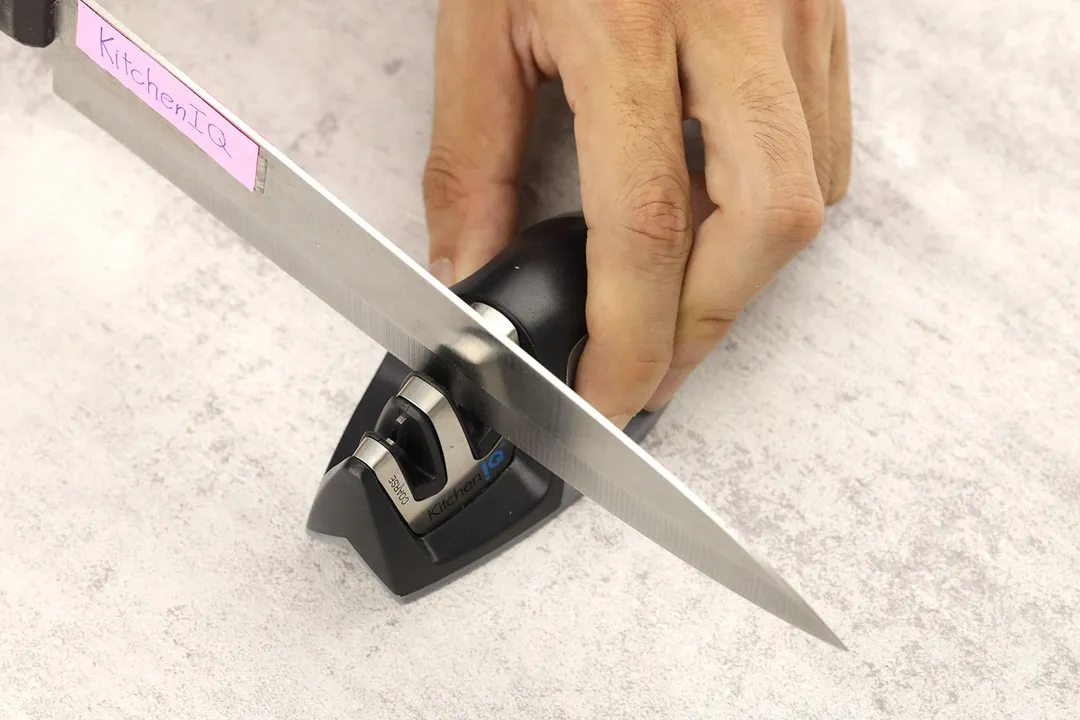
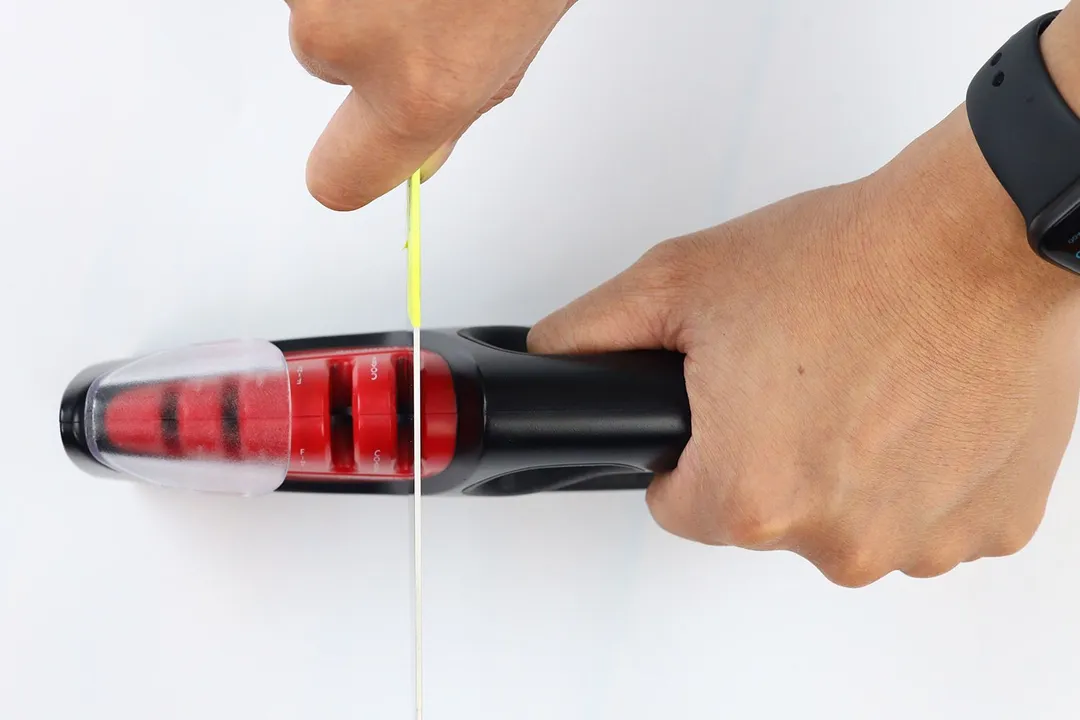
Pulling Through
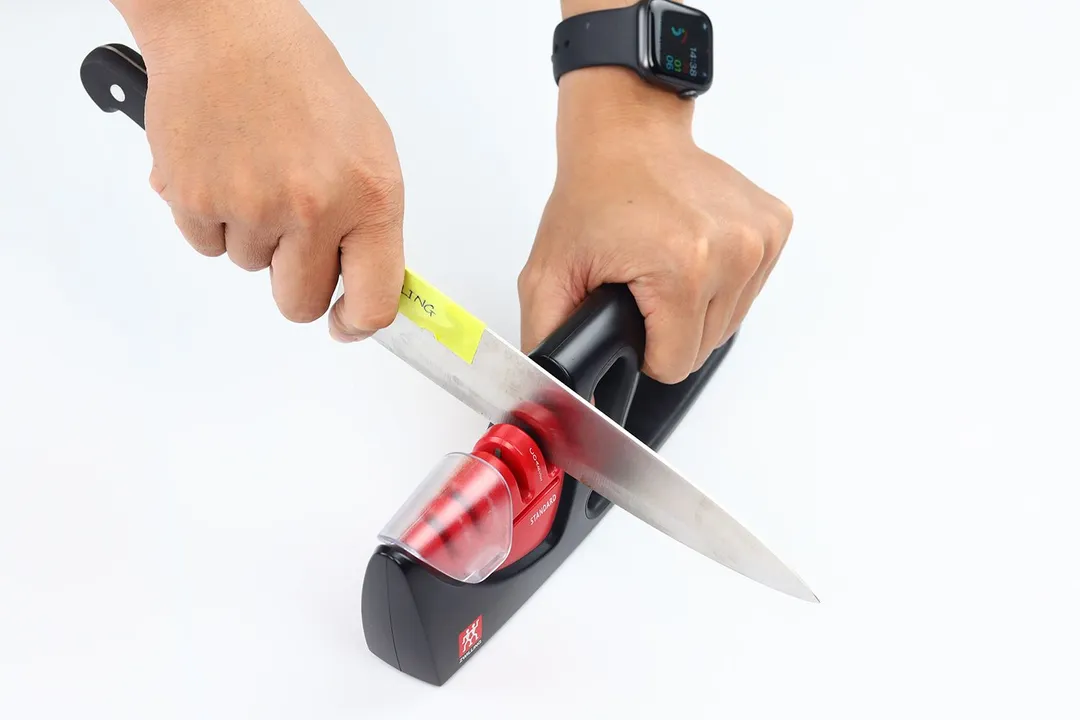
Stability on a Clean Surface

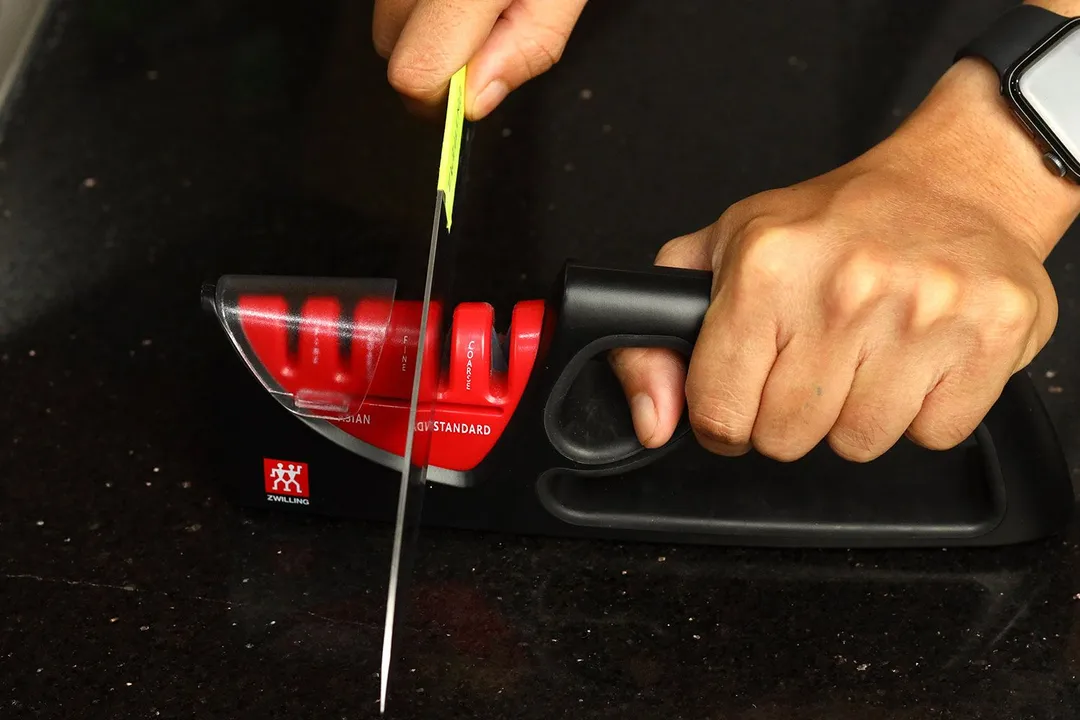
Stability on a Wet and Dirty Surface
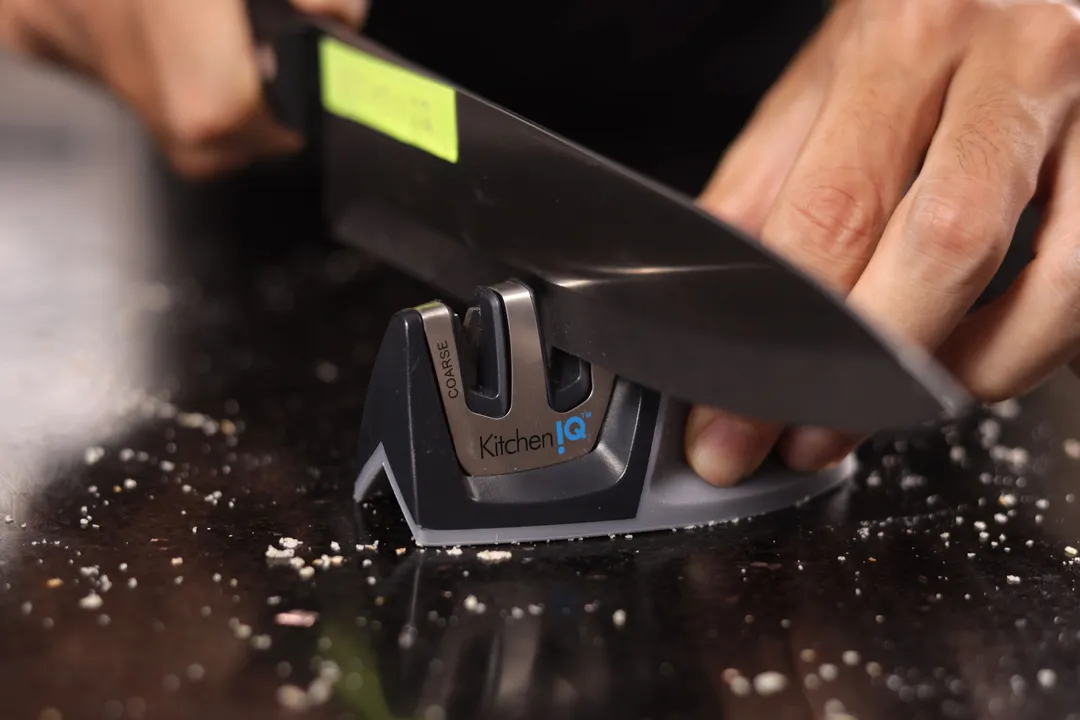
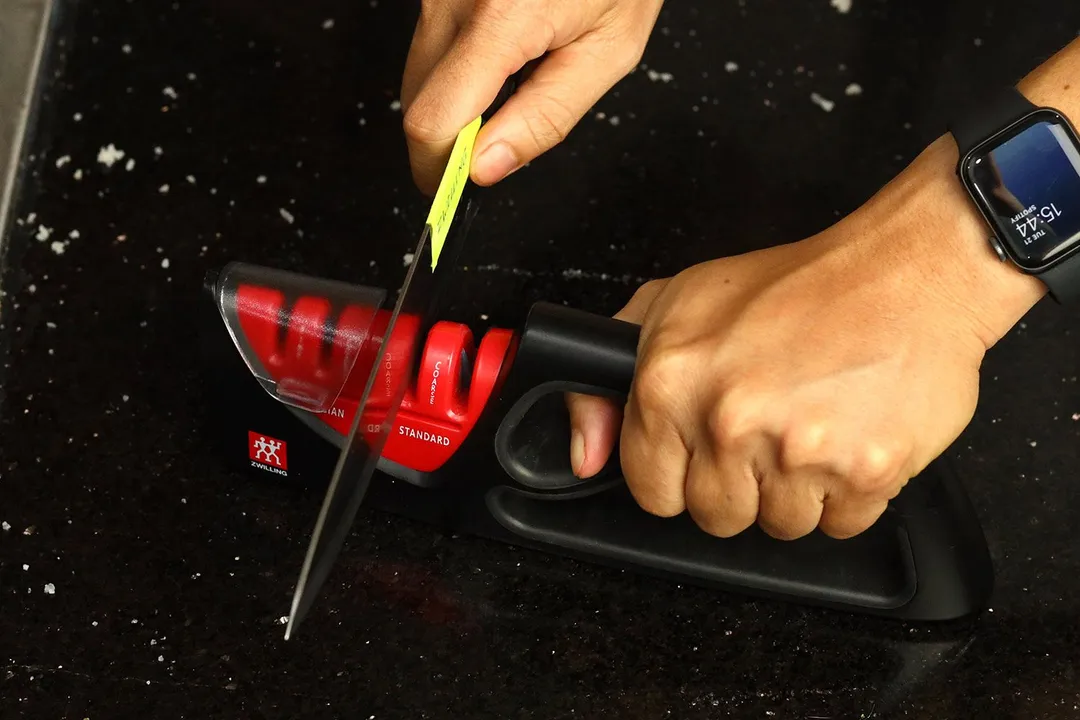
Behind the Comparison
Anh Ngo is a writer with 9 years experience at different media outlets, covering from public news and events to product testing and analysis. At HealthyKitchen101, she works across different departments, communicating closely with its network of writers, editors, and health, tech, and search engine experts to provide a meaningful and pleasant reading experience for visitors.
Lap is Head of the Research, Testing, and Review Team (RTR Team) at HealthyKitchen101.com, where he directs and supervises the testing of kitchen gadgets and appliances.
Nguyen Ntk is a graphic designer, photographer, and videographer whose philosophy centers around respecting and celebrating the beauty of reality. Through his lenses, Nguyen strives to capture the true essence of objects and events, showcasing and highlighting authentic features without distortion or exaggeration.



